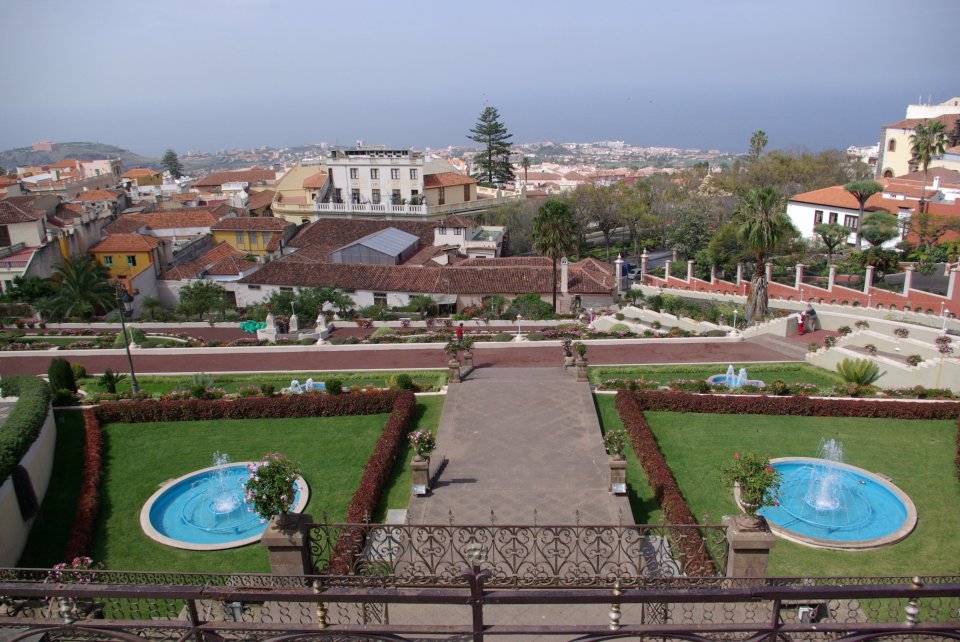
Страницата на БОХЕМИЯ използва "бисквитки", за да предоставяме и поддържаме услугите ни, за измерване на ангажираността на аудиторията и анализиране на статистическите данни на сайтовете и за да разбираме как се използват услугите ни и да подобряваме качеството им.
Използваме три категории "бисквитки":
- Функционални бисквитки, които ни позволяват да осигурим нормалната работа на сайта ни (например, идентифицираме ви при отваряне на вашите резервации).
- Бисквитки за аналитични и статистически данни, чрез които измерваме използването на услугите ни. Данните не включват персонализиране или профилиране. Част от тази информация се споделя с нашия технологичен партньор Google.
- Бисквитки за персонализация и профилиране, чрез които обработваме информация за използването на услугите ни и предлагаме персонализирана реклама.
Част от тази информация се споделя с наши технологични партньори като Google и Facebook и е обект на техните политики за използване на лични данни.
Ако натиснете бутона "Приемам всички цели", ще дадете съгласието си за използването на всички видове бисквитки от страна на Бохемия и на всички трети страни, описани детайлно в Политиката за поверителност и Политиката за бисквитките. Ако натиснете бутона "Отказвам всички", ще отхвърлите използването на всички видове бисквитки. Чрез бутона "Настройки" може да направите специфичен избор, като приемете някои категории бисквитки и откажете използването на други. Може да промените вашия избор по всяко време.

